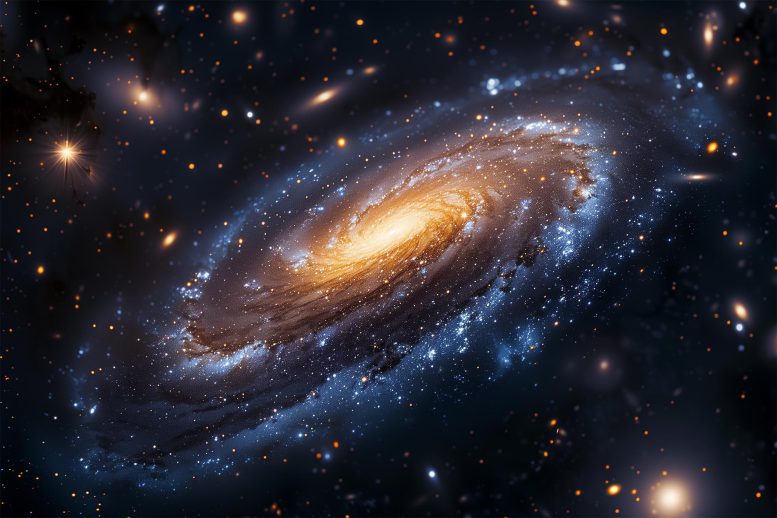
Research led by the University of Tartu reveals deeper distinctions between galaxy groups and clusters than previously understood, identifying two unique classes with their own formation and evolutionary processes. This study, focusing on the cosmic web, advances our knowledge of galaxy system dynamics and the impact of their environments.
A common belief among astronomers is that galaxy groups and clusters differ mainly in the number of galaxies they contain – there are fewer galaxies in groups and more in clusters. Led by Maret Einasto, astronomers at Tartu Observatory of the University of Tartu decided to look into that and discovered even more differences between groups and clusters.
The structure of the Universe can be described as a giant network, a cosmic web, with chains (filaments) of single galaxies and small groups of galaxies connecting rich galaxy groups and clusters that can contain thousands of galaxies. Between galaxy systems, there are giant voids with almost no visible matter (galaxies and gas). Galaxy groups and clusters can, in turn, form even larger systems called superclusters.
Study Objectives and Methodology
In their study, Tartu astronomers used data on galaxy groups, their brightest galaxies (so-called main galaxies), and their surroundings. The aim was to combine these data to see whether it could provide new information about the possible classification of groups of different sizes.
The study showed that galaxy groups and clusters can be divided into two classes with quite different properties. The physical processes that influence the formation and evolution of the main galaxies in groups and clusters differ in rich and poor groups.
In the work, researchers described the environment of the groups in two different ways. First, they described the cosmic web in terms of the general density field, with superclusters as the largest high-density regions and voids as the low-density regions. Secondly, they calculated the distance from the nearest filament axis for each galaxy group. This distance shows whether the group is in a filament, near or far away from filaments.
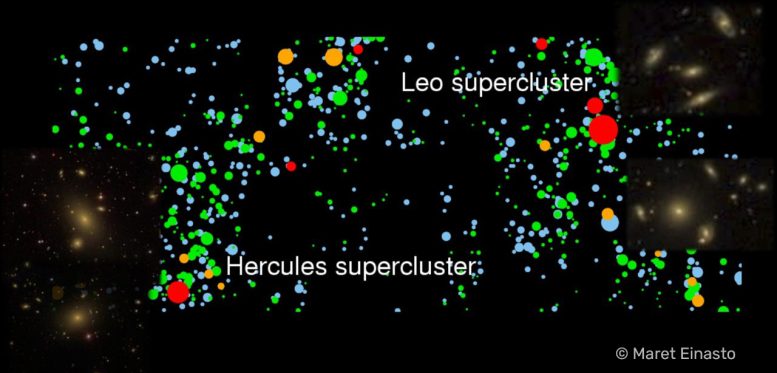
Each colored circle depicts a galaxy group or cluster. The richest galaxy clusters are marked in red; these are the richest galaxy clusters in the Hercules and Leo superclusters. The side panels show the brightest galaxies of these clusters from the Sloan Digital Database. The yellow, green, and blue circles represent galaxy groups from the brightest to the faintest. Credit: Maret Einasto
Researchers divided the main galaxies of galaxy groups into galaxies with no active star formation (these galaxies are predominantly red) and ones where star formation is currently active (young stars give these galaxies their blue color). However, they also found red star-forming galaxies among the groups’ main galaxies.
Luminosity, Location, and Properties
Comparing the properties of the main galaxies in groups of different luminosity (or richness), it was found that groups fall into two main classes – high-luminosity groups and clusters, in which almost all the main galaxies are non-star-forming red galaxies, and low-luminosity poor groups, which may have, besides those with no active star formation, also blue or red star-forming galaxies as the main galaxies.
The differences between groups and clusters are not limited to luminosity – each sample can be divided into two based on one characteristic. In addition, it was found that high-luminosity galaxy groups and clusters are all located in filaments in high-density regions. All the brightest and richest clusters are located in filaments in superclusters. In contrast, low-luminosity galaxy groups and single galaxies can be found everywhere in the cosmic web, including in low-density regions – in voids, located in sparse filaments, or even quite far away from filaments. Interestingly, in superclusters, the luminosity of poor galaxy groups with the same number of members is much higher than outside superclusters.
The study showed that the dynamical properties of rich groups with main galaxies that are no longer star-forming also differ from those of groups with main galaxies with active star-forming. In the former, the main galaxies are mostly located in the group or cluster center, while the star-forming main galaxies can be quite far from the group center. Astronomers found that the relationship between the stellar velocity dispersions of main galaxies and the group velocity dispersions, known from previous studies, does not hold in the case of very rich clusters, especially in clusters with non-star-forming main galaxies.
Describing the properties of the structure of the Universe and how they form and evolve is one of the fundamental tasks of cosmology. The results extend our understanding of the formation and evolution of galaxy groups and clusters and their main galaxies in the cosmic web. Rich galaxy clusters can only form in regions where the overall density of matter is sufficiently high and where there is plenty of gas necessary for star formation. In such regions, rich clusters can be joined by other (equally rich) groups and clusters. In low-density regions (the currently void areas), only rather poor groups can form, which are located quite far apart, and thus, there are few mergers.
The research results also suggest that the physical processes influencing the formation and evolution of the main galaxies in groups and clusters are different in rich and poor groups. The evolution of single galaxies and main galaxies in small groups is mainly influenced by processes in and around their dark matter haloes; the impact of other galaxies and more distant surroundings (galaxy group mergers, etc.) is important primarily in rich clusters. Our study also underlined the importance of galaxy superclusters as a unique environment for the formation and evolution of galaxies and galaxy systems.
In researching galaxies and galaxy groups, the next step of the working group will be using the new observational data, including data on very faint galaxies. Tartu Observatory participates in a number of such observation programs.
Reference: “Galaxy groups and clusters and their brightest galaxies within the cosmic web” by Maret Einasto, Jaan Einasto, Peeter Tenjes, Suvi Korhonen, Rain Kipper, Elmo Tempel, Lauri Juhan Liivamägi and Pekka Heinämäki, 22 January 2024, Astronomy & Astrophysics.
DOI: 10.1051/0004-6361/202347504
Funding: Alfred P. Sloan Foundation, U.S. National Science Foundation, U.S. Department of Energy, National Aeronautics and Space Administration, the Japanese Monbukagakusho, Max Planck Society, Higher Education Funding Council for England, ICRAnet through a professorship for Jaan Einasto, Vilho, Yrjö and Kalle Väisälä Foundation, Estonian Research Council

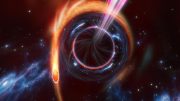
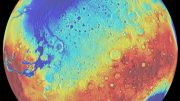
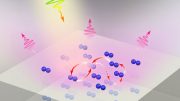

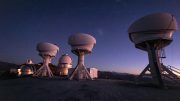



Be the first to comment on "Challenging Conventional Wisdom – Astronomers Discover the Dual Nature of Galaxy Groups and Clusters"